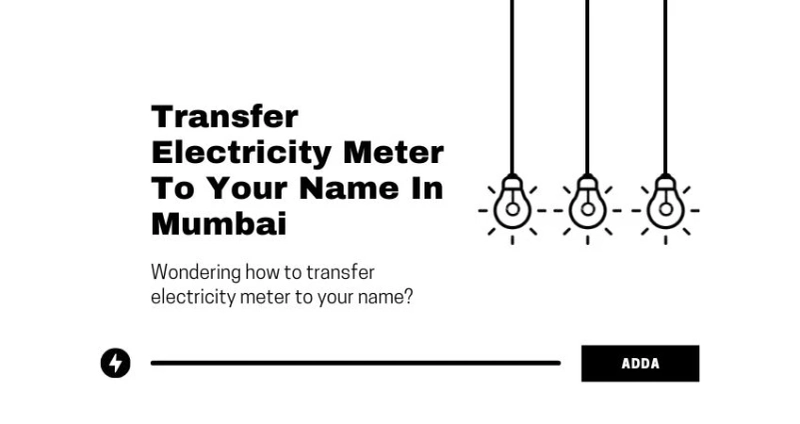Electricity is an essential utility in our daily lives. We use it to power our homes, charge our gadgets, and run our businesses. To use electricity, we need an electricity meter that measures our energy consumption. But what happens when we move to a new home or business premises? We need to transfer our electricity meter.
Electricity meter transfer is the process of moving your meter from one location to another. It could be within the same property or from one property to another. The transfer process can be complicated, but this guide will help you navigate it with ease.
Headings:
Types of Electricity MetersReasons for Electricity Meter TransferHow to Transfer Your Electricity MeterWho Can Transfer Your Electricity Meter?FAQs about Electricity Meter TransferConclusionTypes of Electricity Meters:
Before we delve into the transfer process, it's essential to know the different types of electricity meters. There are three main types of electricity meters:
Standard Meters: These meters are the most common type found in homes and businesses. They measure your energy consumption in kilowatt-hours (kWh).
Prepayment Meters: These meters allow you to pay for your electricity in advance. You top up your meter with credit, and your energy usage is deducted from your balance.
Smart Meters: These meters automatically send your energy usage data to your supplier, so you don't have to provide meter readings. Smart meters also come with an in-home display that shows you how much energy you're using and how much it's costing.
Reasons for Electricity Meter Transfer:
There are several reasons why you might need to transfer your electricity meter. These include:
Moving to a new property: If you're moving to a new home or business premises, you'll need to transfer your electricity meter to your new location.
Renovations or construction work: If you're doing renovations or construction work that involves moving your meter, you'll need to transfer it.
Safety concerns: If your meter is in a dangerous location, such as near a gas meter or in a flood-prone area, you may need to transfer it.
How to Transfer Your Electricity Meter:
Now that you know why you might need to transfer your electricity meter, let's look at how to do it. The process involves several steps:
Contact your energy supplier: Your energy supplier is responsible for your electricity meter, so you'll need to contact them to request a transfer. They'll give you instructions on what to do next.
Choose a new location for your meter: You'll need to choose a new location for your meter that's safe, accessible, and meets the regulatory requirements.
Prepare the new location: The new location will need to be prepared for your meter. This could involve installing a new meter box or connecting your meter to the main power supply.
Disconnect your old meter: Your old meter will need to be disconnected from the power supply before it can be removed.
Install your new meter: Your new meter will need to be installed in the new location, connected to the power supply, and tested to ensure it's working correctly.
Who Can Transfer Your Electricity Meter?
Electricity meter transfer can only be done by a certified electrician. Your energy supplier may have a list of approved electricians that you can use for the transfer process. It's important to use a certified electrician to ensure that the transfer is done safely and in compliance with regulatory requirements.
FAQs about Electricity Meter Transfer:
How long does it take to transfer an electricity meter? The transfer process can take anywhere from a few days to a few weeks, depending on your energy supplier and the complexity of the transfer.
How much does it cost to transfer an electricity meter? The cost of electricity meter transfer varies depending on your energy supplier and the complexity of the transfer. Some energy suppliers may charge a fee for the transfer, while others may do it for free.
Can I transfer my electricity meter myself? No, you cannot transfer your electricity meter yourself. Only a certified electrician can do it safely and in compliance with regulatory requirements.
Can I transfer my prepayment meter to a new property? Yes, you can transfer your prepayment meter to a new property. You'll need to contact your energy supplier to arrange the transfer.
Will my energy supply be disrupted during the transfer process? Your energy supply may be disrupted during the transfer process, but your energy supplier will notify you in advance and work to minimize any disruptions.
Conclusion:
Electricity meter transfer is a necessary process when moving to a new property or doing renovations. It can be a complicated process, but by following the steps outlined in this guide and using a certified electrician, you can ensure a smooth transfer process. Remember to contact your energy supplier as soon as possible to start the transfer process and choose a safe and accessible location for your meter.


